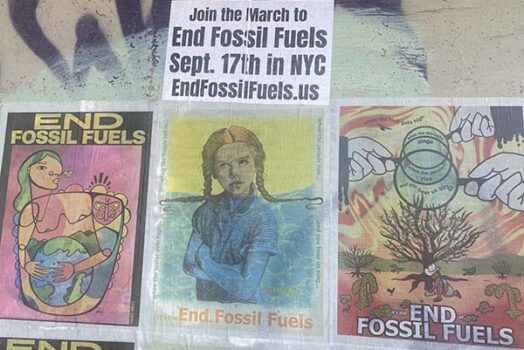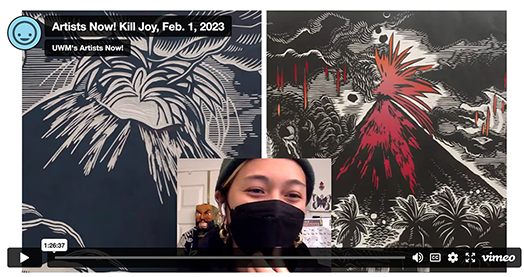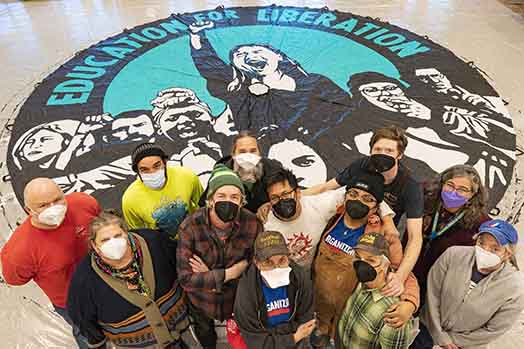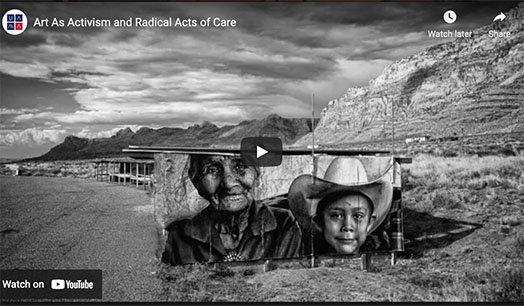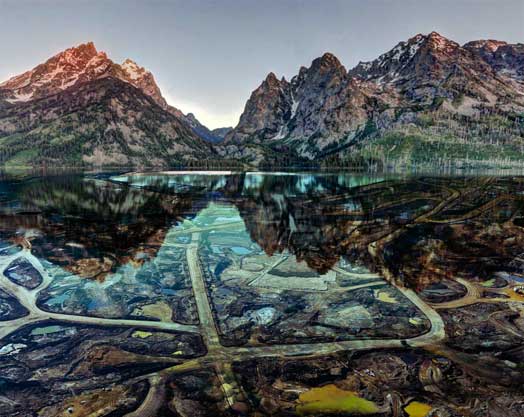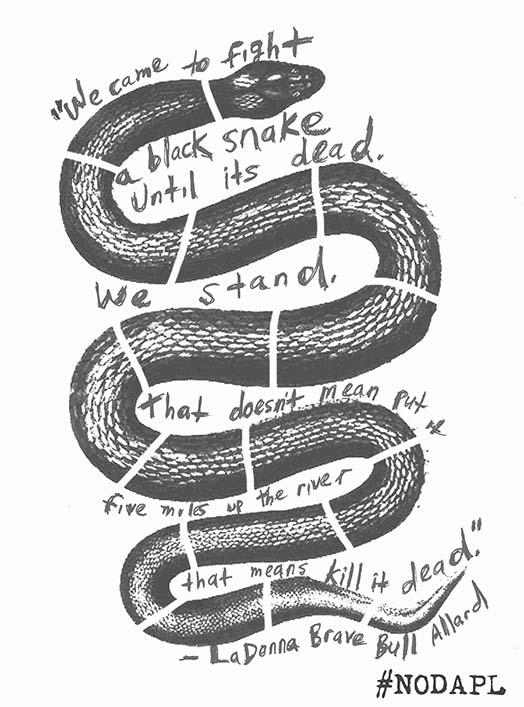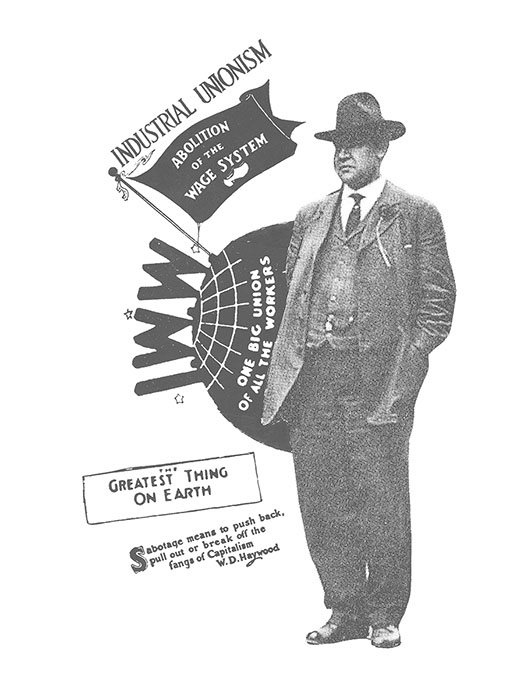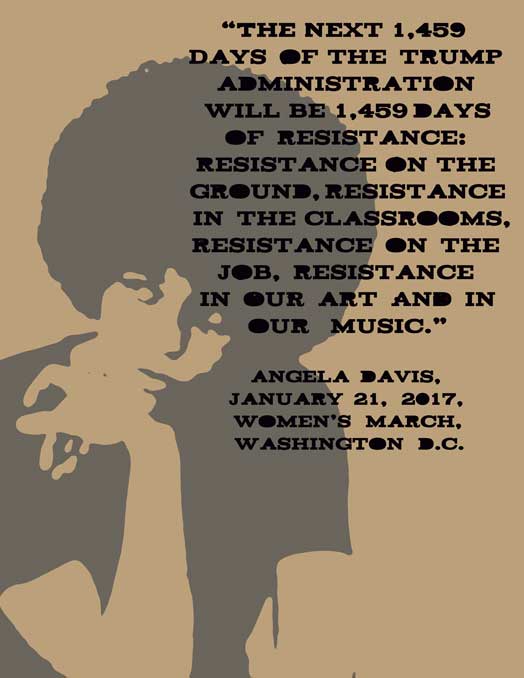What will happen after election day? In this unprecedented year, we are likely not to know who our next president is when we go to bed on November 3rd. We’re likely in for some wild times in our movements.
How do we prepare as cultural workers to keep our neighborhood, cities and towns engaged in civic life through this uncertainty? How can artists and designers help keep the pressure on our elected officials to make sure every last vote is cast?
For the last bunch of weeks, Visual Strategists + Justseed’s friends Josh Yoder and Rachel Schragis have been making art with Pennsylvania Stands Up to help groups across the state get ready, as well as working with social movement training institute Momentum to develop some of the visual strategies that might serve whatever comes next.
You can see everything they’re making (and steal it, and change it) here:
www.Electiondefense.lookloud.org
And here some of what they’ve been thinking about….
Play on I voted Sticker
Josh: The ‘I voted’ sticker has broadly positive associations, and connotes the person wearing it as ‘a voter’ which also has broadly positive associations. It’s cute, it’s wholesome, and it carries cute wholesome energy into an action.
Next week, our demonstrations may face aggressive opposition and possibly violence. When we carry the ‘i voted’ sticker into the street, it clarifies the nature of that violence. The opposition is there to attack our right to vote. If police use ‘law and order’ to repress demonstrations–they are repressing voting rights. If right wing mobs assault us under the guise of ‘protecting elections’ they are assaulting our voting rights.
The ‘i voted’ sticker is our tool for de-centering the opposition from the story. It keeps the story about voters being denied their voting rights.
Use Postal Imagery
Rachel: Mail iconography is a visual tactic we can lean on to keep in the frame whose vote is being disenfranchized—even when it’s not in the words. Building on efforts to celebrate and protect the US postal system as it’s increasingly put under attack, imagery and patterning of envelopes, stamps, packages…it keeps the public’s attention shined on mail-in ballots as part of a larger conversation about voter suppression.
At the same time. the mail system is the perfect example of the kind of good governance we’re fighting for. Of how helpful and deeply unthreatening good government funded jobs can be–and seeds larger conversation about revitalization via jobs packages like the Green New Deal.
“Big we”
Mail iconography is also pretty lightearted–and plays against the narratives of our movements as agitational and violent. Mail themed protest art holds the potential to de-escalate confrontational protests and lighten the mood amidst many very heavy moments that might lay ahead.
Use Red, White & blue. (and black)……but make it fresh, and make it ours?)
Rachel: I’ll be real– find the whole red white and blue, stars and stripes style a little visually yucky, not to mention deeply historically fraught. In this moment, however, I’m clear it’s strategic. I suspect the media and the public will really understand we’re defending democracy in anything else.
Veterans Against the Wall in Laredo, TX lean in to the red, white and blue at an action with @NoBorderWallCoalition
I’ve been thinking about how Puerto Rican movements relate to the flag–a living history I’m lucky to learn some from my colleagues at AgitArte cultural workers.
At any Puerto Rican march or parade, you’ll see three versions of the flag: the original light blue used before the US colonized Puerto Ricoin 1898, the dark blue of the US changed it to in 1950 after trying unsuccessful to replace the flag with a US flag altogether, and the black and white “resistance flag” that emerged from independence and anti-austerity movements in 2016. Some people know the complex, hard-won history of this flag–many more do not. Agitarte member Osvaldo Budet says “ Historically, the blue hues of the flag have been disputed by many different groups The exact nature of the flag of Puerto Rico is one of change, and every change reflects the agony of being the oldest colony in the world.” (Take a look at Osvaldo’s flag research and political landscape paintings to learn more).
We’re been using light blues and blacks/whites as we struggle to develop a visual vocabulary of stars and stripes that claims the potential of the US government as an agent of the people. I’m inspired by the choice to claim the iconography of the flag as our cultural legacy as people who live in the United States, as a way to embrace our responsibility to grieve, rage and fight for better for all of us who live here.
“Count(s)” is the Word
Sunrise Movement’s North Carolina hub @sunrisemovementnc calling in state republicans: Our Voices Count.
Rachel: One of the main demands we might expect is to Count Every Vote. And what’s the real reason we want that? Because Everyone Counts.
“Count” is a uniquely helpful word in creating the turns of phrase that carry us from technical conversations about ballot counting, to larger conversations about who is considered, cared for, or neglected, and how voter disenfranchisement plays in to that larger story.
There’s so many ways to use the word “counts” that are bigger than just the demand of the moment, and keep the stakes of our fight in our minds.
My voice counts
My city counts
My town counts
My people count
Our generation counts
Our school counts
Our family counts
…and on and on.
Centering the fight for democracy:
Josh: Mail in ballots is just the latest attempt to regulate away people’s right to vote. This isn’t an attack on the right to vote conveniently. It’s an attack on the right to vote period. Like poll taxes, literacy tests, understaffed poll workers, budget cuts, and felony laws–It’s a bad faith attempt to make the story about regulation loopholes instead of voting rights.
If we win “count every vote”–or possibly before we win, it’ll be shifted to some other regulatory fight. We’re talking about this as a fight for democracy, because that’s what keeps the story centered on winning against real injustice, not just winning a pedantic legal battle.
Make it physical
Josh: There’s a flood of digital graphics and stock-footage video on social media right now, and it’s doing its job capturing attention and shifting talking points. But, graphic content (anything that was created only on a computer) is not particularly effective at answering one of the most pressing questions right now. Will that attention translate into bodies in the street?
We’re working to document as much of our content in physical space as possible, as fast as possible–to affirm the narrative that we are in fact everywhere, organizing a mass movement. Images like the above, while featuring computer generated imagery–are more effective at inviting people to participate beyond clicks.
Some of the tactics that have been effective for us: using actual photos for our facebook event headers (please steal these). Training rally organizers to post photos of their action supplies being loaded into vehicles–to build momentum a day or a week before an action. Street art tactics like stickering and banner drops that, while not highly impactful on their own, are efficient ways to affirm that we are everywhere.
For us getting digital stories to jump into physical space, and then documentation of those stories to jump back into online space–is one of the most reliable methods of demonstrating cultural power.
Share everything you do.
(caption: ways to use a demonstration sign before/after an action)
Josh:
If you’re asking yourself what you can do as a cultural worker in this moment–our answer is to find ways to create content early BEFORE the big demonstrations. Sharing our work ahead of big events helps model how to speaking powerfully in this new moment, so we’ll all be ready when we’re in the street, talking to the media etc.
For us–it’s important to get examples to people before they show up to actions, so they can be comfortable in their own voice. The stories we need to tell in the weeks ahead are a dramatic shift for many of us. Our cultural space is already reeling to keep up with what to say-–and it’s difficult to speak to some of the possible election outcomes (like a stolen election) before election day without disempowering voters.
We’re noticing this is especially difficult in Pennsylvania right now because there aren’t as many big centralized social media accounts as there are for issue fights like racial justice or climate change. That’s making it hard for people outside traditional activist communities to follow what’s going on. The above images are some ways we’re working to use arts to spread messaging outside actions–an important role for culture work in this moment.
